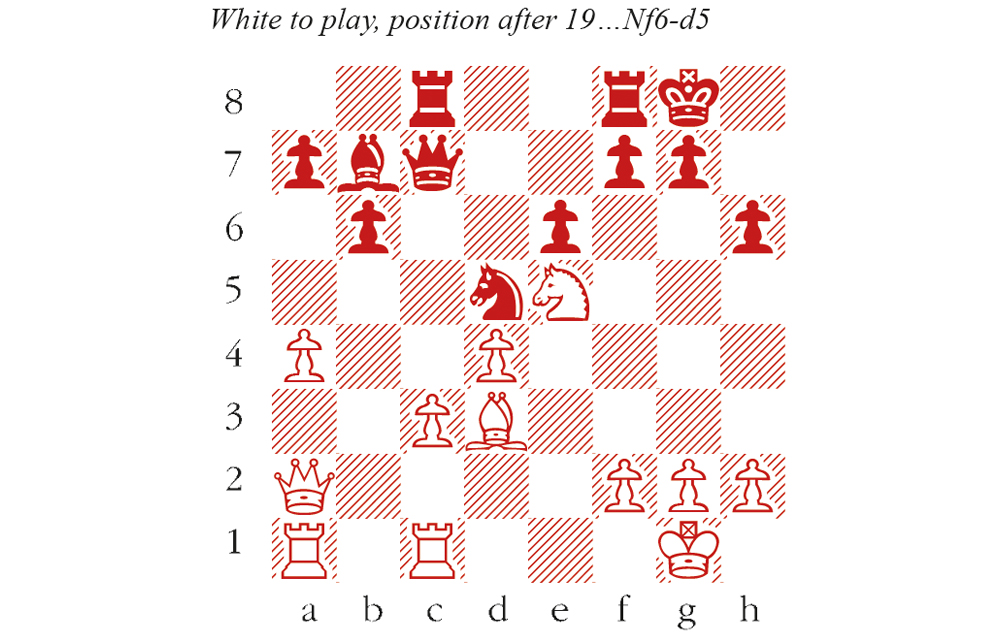Bodhana Sivanandan won the gold medal in the World Girls U8 Championship in Sharm El Sheikh earlier this month, making her the first English world youth champion since 1998, when Nicholas Pert won the U18 event and Ruth Sheldon won the Girls U18.
I witnessed Sivanandan’s enormous talent when we played a casual game of speed chess at ChessFest in Trafalgar Square in July. I knew of her accomplishments, which included tying for second place in the UK women’s blitz championship at the age of seven last year. But naively, I chose an offbeat, slightly risky opening. It soon transpired that she knew it at least as well as I did. A few moves later I was, for a brief moment, utterly lost. I won the game in the end, but was left in no doubt about her prospects.
Sivanandan scored an emphatic 11/11, two points clear of her nearest rival. In June this year, she also won both the Girls U8 rapid and blitz tournaments in Batumi Georgia, also with 11 wins in each event. That level of consistency is itself notable, and her games show a remarkable maturity, with a particular proficiency in the endgame. Still, I can’t help thinking of the hackneyed, but not entirely useless, insight that ‘when you are the smartest person in the room, you are in the wrong room’. On paper, Sivanandan would have been a strong contender to win the U12 category, or the open U8 championship (girls and boys), either of which would have provided a sterner challenge. When I was eight years old in 1992, there was no U8 championship, so I entered the world U10 championship, and won it. Some time after, I was bemused to learn that ‘wise’ heads had counselled against playing at all, on the grounds that I might be out of my depth.
Here, Sivanandan won an exemplary strategical game against the Chinese silver medallist.
Ruiyu Yi-Bodhana Sivanandan
Fide World Girls U8 Championship, Oct 2023
1 d4 d5 2 c4 c6 3 Nf3 Nf6 4 Nc3 e6 5 Bg5 Nbd7 6 e3 Qa5 7 Nd2 Bb4 8 Qc2 dxc4 The Cambridge Springs variation of the Queen’s Gambit Declined, signified by 6…Qa5, contains an amusing opening trap if Black chooses the immediate 8…O-O here: 9 Bd3 dxc4! wins a piece, as the Qa5 attacks Bg5, and 10 Bxf6 cxd3! wins material. 9 Bxf6 Nxf6 10 Nxc4 Qc7 11 Bd3 c5 12 a3 Bxc3+ 13 bxc3 b6 14 Ne5 O-O 15 O-O Bb7 16 Rfc1 h6 17 a4 Rac8 18 Qa2 cxd4 This capture is well timed. White would sooner recapture with the c-pawn, but the Rc1 is hanging. 19 exd4 Nd5 (see diagram) An excellent move, since after the exchange which follows the central White pawn duo becomes more vulnerable to attack. 20 c4 Nb4 21 Qd2 Nxd3 22 Qxd3 Rfd8 23 Rc3 Rd6 24 Rd1 Rcd8 25 Qe3 Qe7 26 f4 f6 27 Ng4 h5 28 Nf2 Qd7 29 Qe2 29 Rcd3 Qxa4 is no better. Qc6 It was safe to grab the pawn immediately, as 29…Rxd4 30 Rxd4 Qxd4 31 Rd3 Qa1+ wins. But Sivanandan’s move aims to win the pawn while maintaining complete control of the central open file. 30 Rg3 h4 31 Rg4 Rxd4 32 Rxd4 Rxd4 33 h3 Rxf4 34 Rg6 Qxc4 35 Qd2 Kf7 36 Rg4 Rxg4 37 Nxg4 Qxa4 38 Qd6 Qc6 39 Qd2 a5 40 Qf2 Qc5 41 Ne3 a4 42 Nc2 Qxf2+ 43 Kxf2 b5 44 Ke3 Bxg2 White resigns






Comments